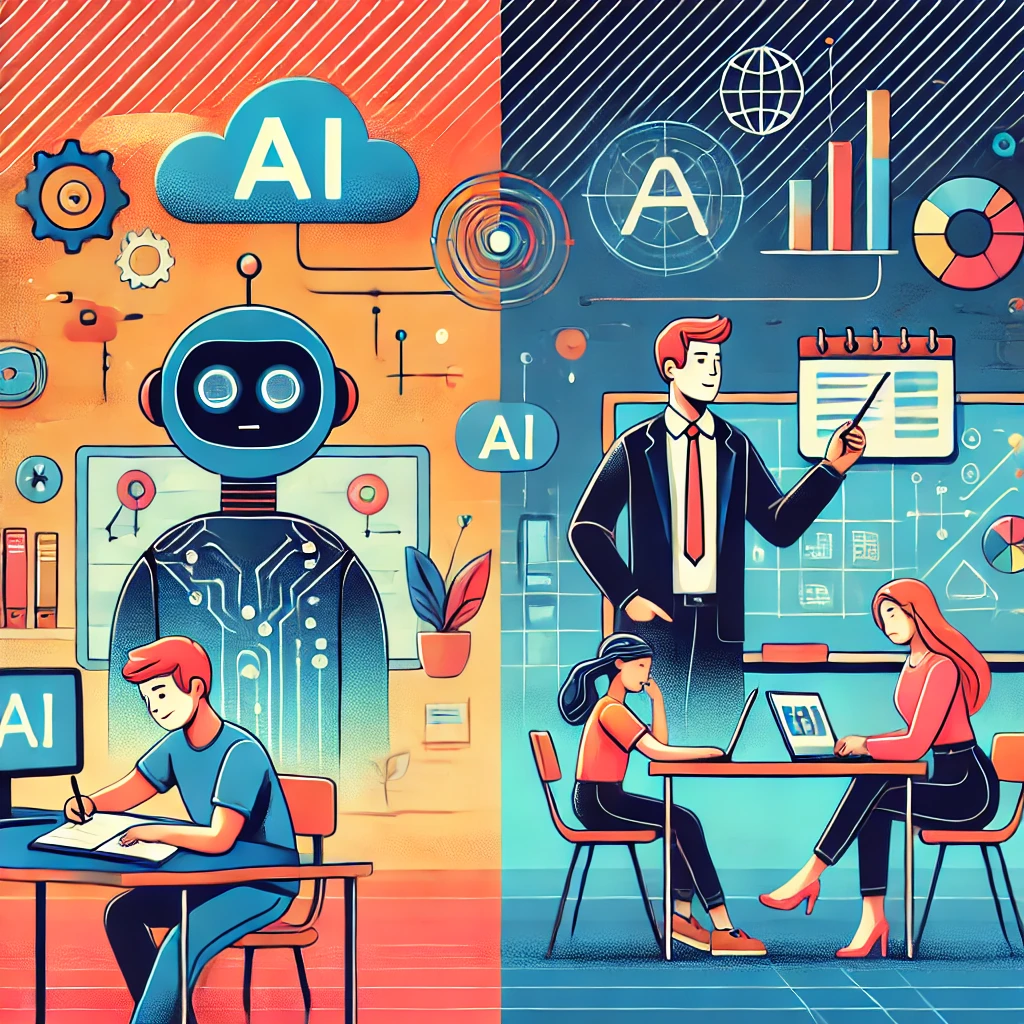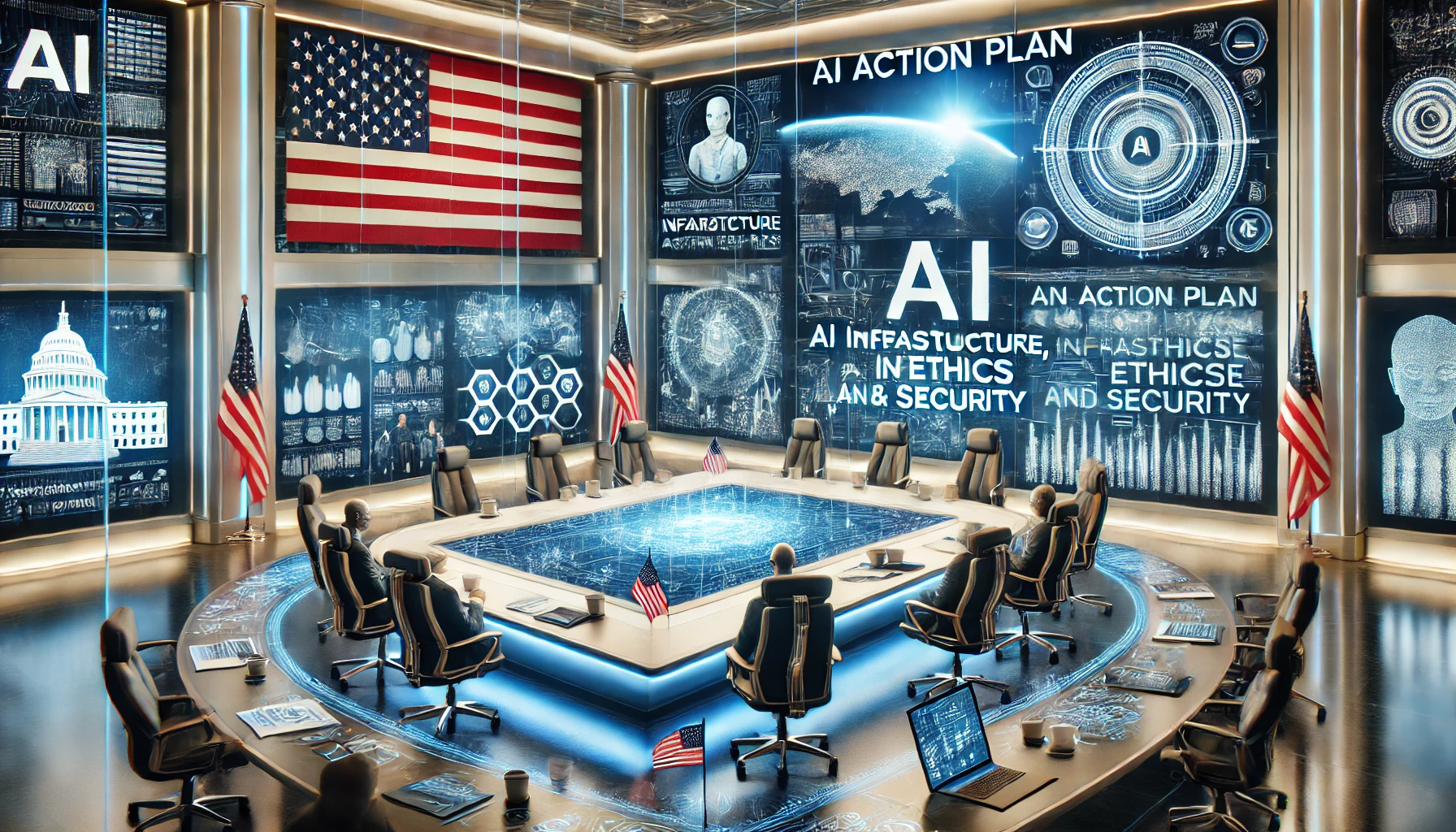AI Cheating Is Overwhelming the Education System – But Teachers Shouldn’t Despair
As artificial intelligence (AI) tools become more sophisticated, schools and universities are facing a new challenge: AI-assisted cheating. From essays and reports generated by AI to homework completed with the help of smart algorithms, educators are struggling to keep up with a surge in academic dishonesty driven by advanced technologies. But while the rise of AI cheating is concerning, experts believe it’s not a cause for despair—rather, it presents an opportunity for teachers to rethink and reshape the education system for a more AI-integrated future.
The Growing Problem of AI Cheating
With the proliferation of AI-powered tools such as ChatGPT, students now have access to systems capable of generating essays, solving complex problems, and even creating unique, plagiarism-free content in seconds. The accessibility and ease of use of these tools have led to a surge in AI-assisted cheating, making it difficult for teachers to detect when students are submitting work that isn’t entirely their own.
Recent surveys suggest that a growing number of students are turning to AI for help with assignments, exams, and projects, particularly in subjects like math, writing, and science. The challenge for educators is that traditional plagiarism detection tools are not always equipped to identify AI-generated content, allowing some students to slip through the cracks.
The scale of the problem has led to concerns about the integrity of academic evaluations and the long-term implications for student learning. If students are relying on AI to complete their work, they may be missing out on the critical thinking and problem-solving skills that are essential for their development.
Why Teachers Shouldn’t Despair
While the rise of AI cheating is undoubtedly a challenge, it’s also an opportunity for teachers to adapt and modernize their teaching practices. Rather than seeing AI as an adversary, educators can view it as a tool that, when properly integrated into the classroom, can enhance learning and encourage deeper engagement with the material.
Here are a few ways educators can address AI cheating while embracing the opportunities AI offers:
- Focus on Critical Thinking and Creativity: One way to counter AI cheating is by emphasizing critical thinking, creativity, and problem-solving in assignments. AI may be able to generate content, but it struggles with tasks that require nuanced thinking, originality, and the application of knowledge in novel ways. Assignments that ask students to analyze, synthesize, and create rather than simply regurgitate information can make it harder for AI to be used effectively for cheating.
- Incorporate AI Into Learning: Instead of banning AI tools, educators could integrate them into the learning process. By teaching students how to use AI responsibly as part of their research and study habits, teachers can help students see AI as a supplement to their own efforts rather than a shortcut. This could involve assignments where students are asked to work with AI tools but also critically assess the AI’s output and explain their own understanding of the material.
- Shift Assessment Methods: Traditional assessments, such as essays and multiple-choice tests, may need to evolve. Teachers can consider alternative forms of assessment, such as project-based learning, oral exams, or in-class writing tasks, which are less susceptible to AI cheating. These methods encourage students to demonstrate their knowledge and skills in ways that are difficult for AI to replicate.
- Personalized Learning Paths: AI can also be used to create personalized learning paths for students. By tailoring lessons to individual needs and tracking progress through AI-driven analytics, educators can focus on ensuring that each student is mastering the material, making it less tempting to cheat.
Adapting for the Future
The rise of AI cheating is a symptom of a broader transformation in education. As AI becomes more integrated into everyday life, educators will need to adapt their teaching methods and assessment practices to prepare students for a world where AI is a common tool. This will involve rethinking what constitutes knowledge and learning in an AI-enhanced environment.
Rather than resisting AI, teachers can embrace the potential it offers for creating more engaging, interactive, and personalized educational experiences. By focusing on skills that AI cannot easily replicate—such as critical thinking, collaboration, and creativity—educators can help students develop the competencies they need to thrive in the future.
Conclusion
AI cheating presents real challenges to the education system, but it’s not an insurmountable problem. By adapting to the changing landscape, teachers can turn this moment of disruption into an opportunity to modernize education, making it more resilient and relevant in an AI-driven world. Instead of despairing, educators have the chance to innovate and inspire a new generation of learners who are better equipped to navigate the complexities of the digital age.





